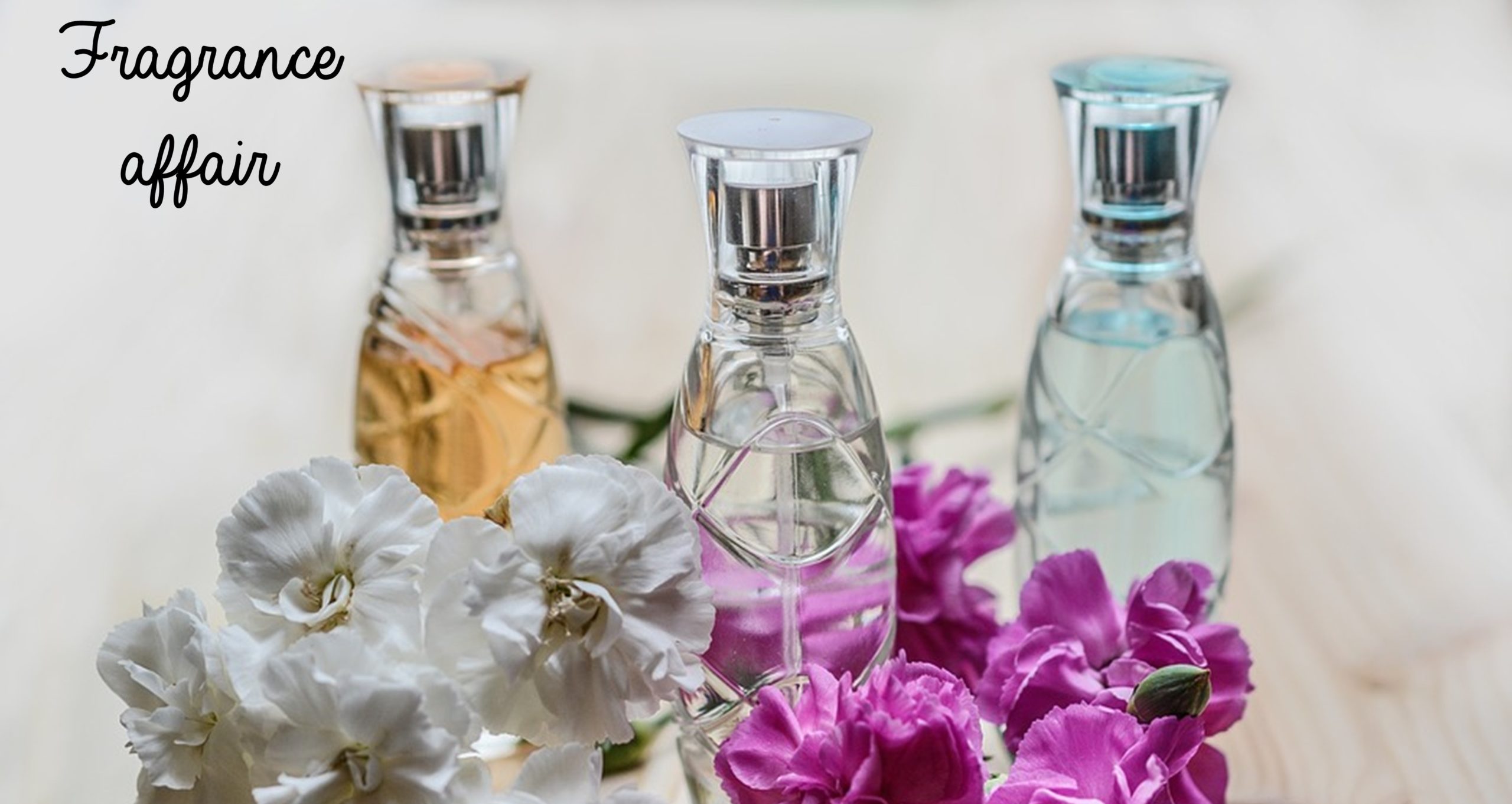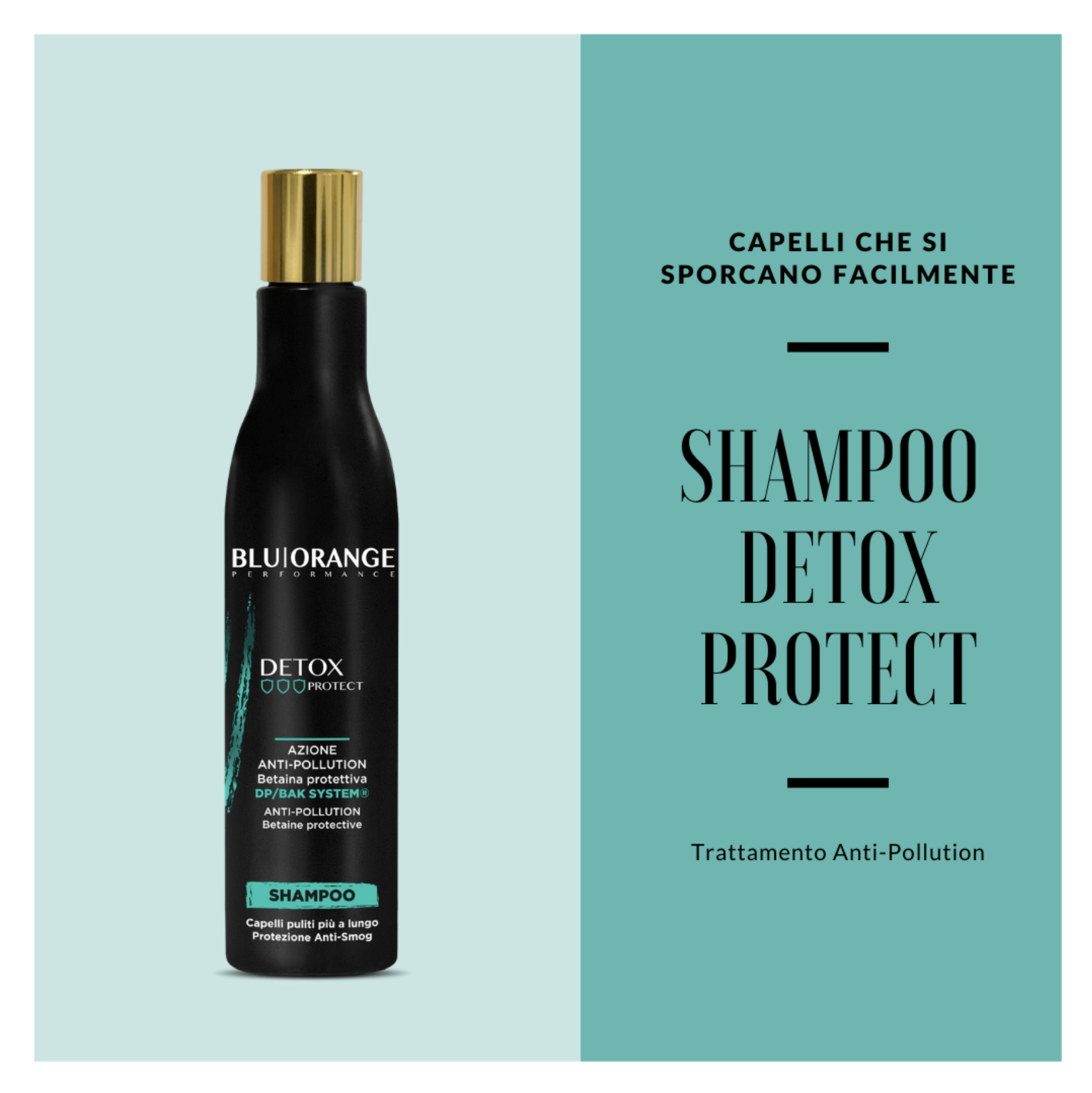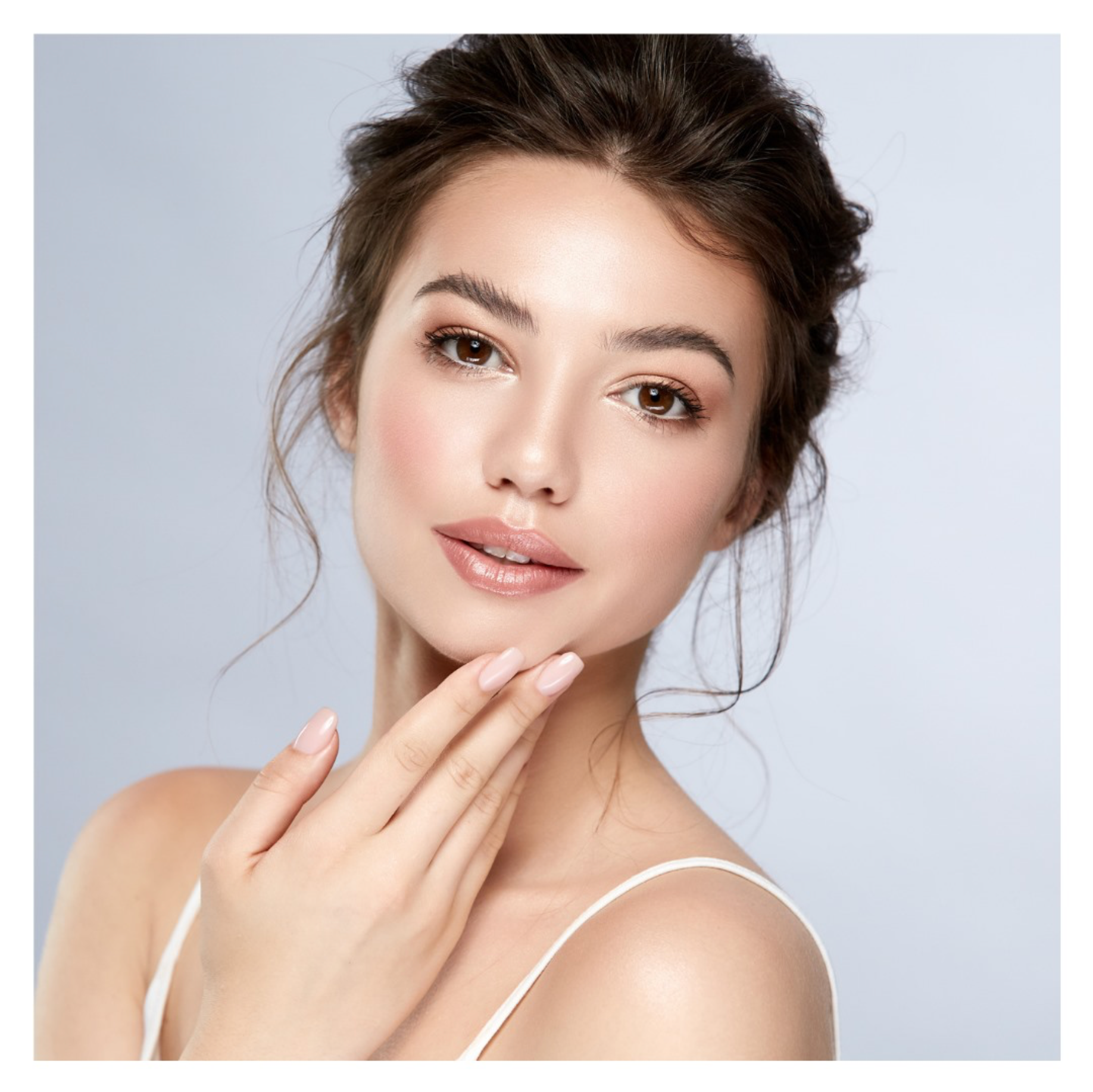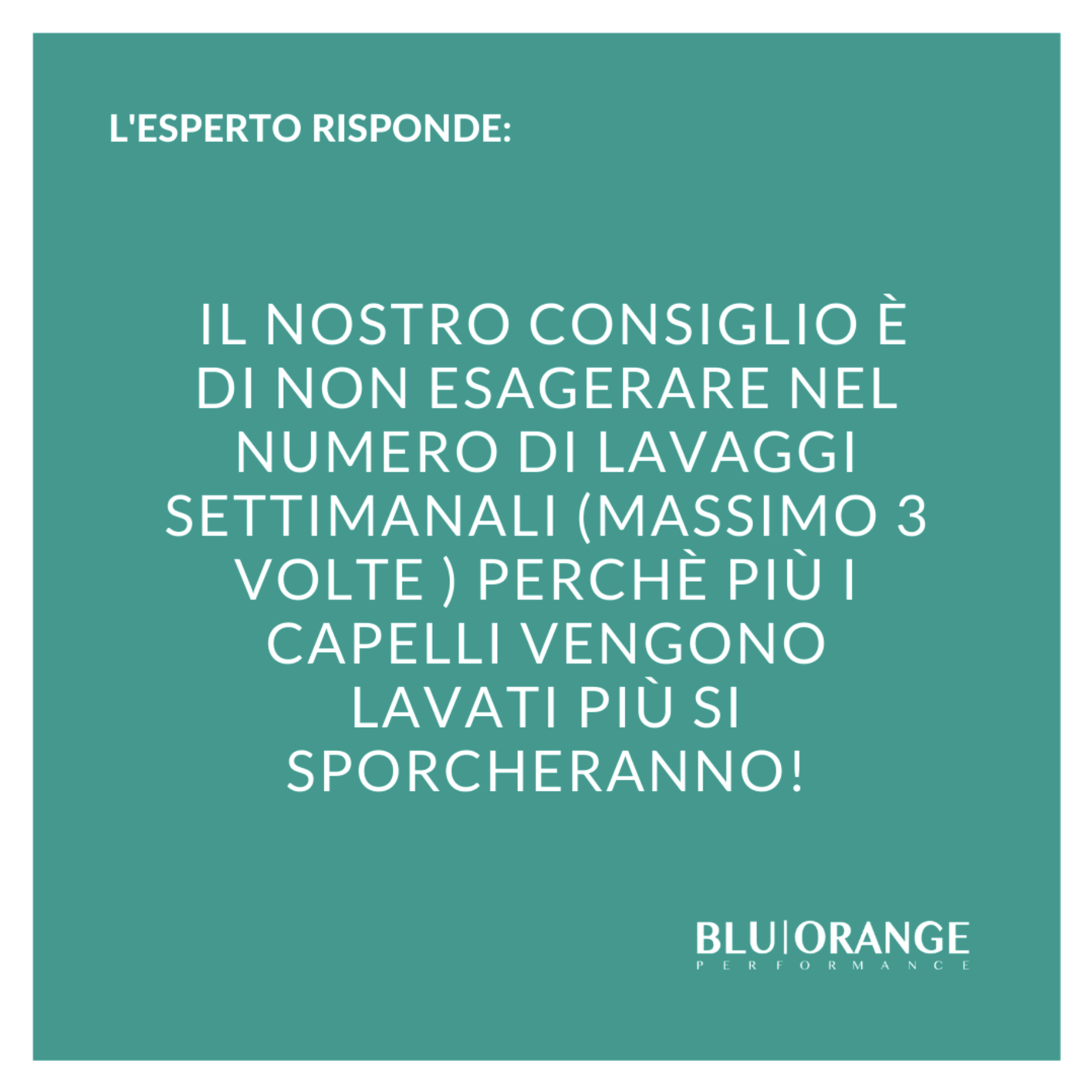Do you love perfume and want to know its history? You are in the right place: read on to find out a lot of curiosities!
Discover the perfect fragrance for own skin and personality is always satisfying: indeed the perfume, invisible to eyes, can leave a strong feeling to people and can take to mind a lot of memories.
Even the unforgettable Coco Chanel used to say: “The perfume is the basic fashion accessory, unforgettable, not seen, the one that announces your arrival and prolongs your departure.”
The perfume history
The perfume history is as old as our civilization: fragrances were prepared only by religious and only in sacred places and they were used by the ancient Egyptians who idolized the gods Bes and Toth, respectively protectors of cosmetics and perfumes .
The modern perfumery was born much later, in 1500, thanks to the work of Catherine de’ Medici, who brought to France the Italian perfume habit with her trusty perfumer Renato Fiorentino, then known as René le Florentin: he passed by Grasse, decided to pick up some flowers and then he established there first essences laboratories, creating one of the most prosperous industries in the country.
At the beginning scents had an exclusively natural composition and, therefore, very high costs of extraction methods: then, thanks to the chemical synthesis, it was possible to increase the range of ingredients for the compositions and, at the same time, to decrease the production costs .
One curiosity? The first aroma reproduced in the laboratory was the cinnamon in early 1800 by the Italian chemist Luigi Chiozza.
Composition of a perfume
Two identical perfumes are not really identical onto skin because of specific features of each skin.
Moreover, with passing hours fragrances change as a symphony. Have you ever noticed it?
It depends on the structure of a perfume, also called olfactory pyramid, usually divided in the top notes, heart and deep notes.
Top notes are strong and clear but also very volatile and they exhaust in minutes. They are divided into:
- Citrus notes: express freshness and joy, and include compositions rich in traditional and exotic citrus fruits;
- Water notes: express freshness and cleanliness, take mind natural elements like water and air, and include scents such as ozone, water and summer fruits like melon and watermelon;
- Aromatic notes: express the freshness and liveliness of aromatic plants such as lavender, basil, mint, etc.
Heart notes are more persistent and last 3-4 hours: they characterize the fragrance and are divided into:
- Floral notes: floral arrangements, often very sweet;
- Green notes: compositions of herbs and leaves, discovered in the thirties, used to make it less sweet floral structures;
- Fruity notes: a gradient that often go with floral arrangements and includes strawberries, raspberries, peaches, apricots etc.
Deep notes give depth to the fragrance because they persist even when the other notes have been exhausted: they fix the fragrance and are able to take mind strong emotions and memories. They can be divided into:
- Leather/Animals notes: ideal for very strong personality, have intense aromas;
- Woody notes: very masculine, give warmth to the composition due the the presence of woods such as cedar, vetiver and sandalwood;
- Musky notes: elegant, sensual, deep, express a feeling of cleanliness;
- Amber notes: characterized by aromas of vanilla and benzoin, give a warm and gentle nuance to the fragrance;
- Eastern Notes: spices little known in the West but that express intensely enveloping feelings.
Now, we can analyse TROPICAL PARADISE Harmony Restoring Body Mist olfactory pyramid:
Citrus top notes: Cardamom, Lemon, Orange, Lime;
Floral heart notes: Lily of the valley, Jasmine and Rose;
Woody deep notes: Cedarwood, Sandalwood, Musk and Amber.
The olfactory families
Notes of olfactory pyramid are just the next step from a general view. It’s like having the general sense of a melody which needs to be developed and structured. This “general sense” is defined by noses “olfactory family” and it is the impression that the composer wants to give to the fragrance. Normally there are seven types of olfactory families:
- The citrus family: fragrances rich in citrus and fruity notes;
- The floral family: fragrances rich in flowers such as rose, jasmine, violet, or with a single flower (in this case the essence will be a solifiore);
- The Fougere family: it is a mixture of aromatic and woody accords, such as lavender, geranium, vetiver, musk, oak and tonka bean;
- The Chypre family: mainly floral with woody hints, such as rose, jasmine, patchouli, labdanum and oak;
- The Woody family: dry and warm essences of wood that can be mixed with marine notes, citrus and spicy, depending on the effect you want to achieve;
- The Amber family: rich in oriental notes of spices and warm accents of vanilla and patchouli;
- The Leather family: warm materials animals essences which can be made lighter with citrus and floral notes.
Perfumes? Definitely yes!
Perfumes are fascinating: make us feel beautiful and are part of our identity, so it seems difficult to give it up.
On summer, when temperatures become hot, their essence can annoy us, as well as the unpleasant formation of red spots on the skin: the solution is to opt for body mist ideal for the summer, such as Summer Feelings body line with its three fragrances.
Have fun in perfumery to discover these fragrances and choose the one that best suits your personality: Tropical Paradise if you love the atmosphere of serenity and relaxation, Coral Marine if you love the sea, Flower Passion if you are a sparkling and adventurous type!
And if you intensify the life of fragrances also using its specific shower and body creams, you can only leave behind you an irresistible trail that tells about you and your story …

















